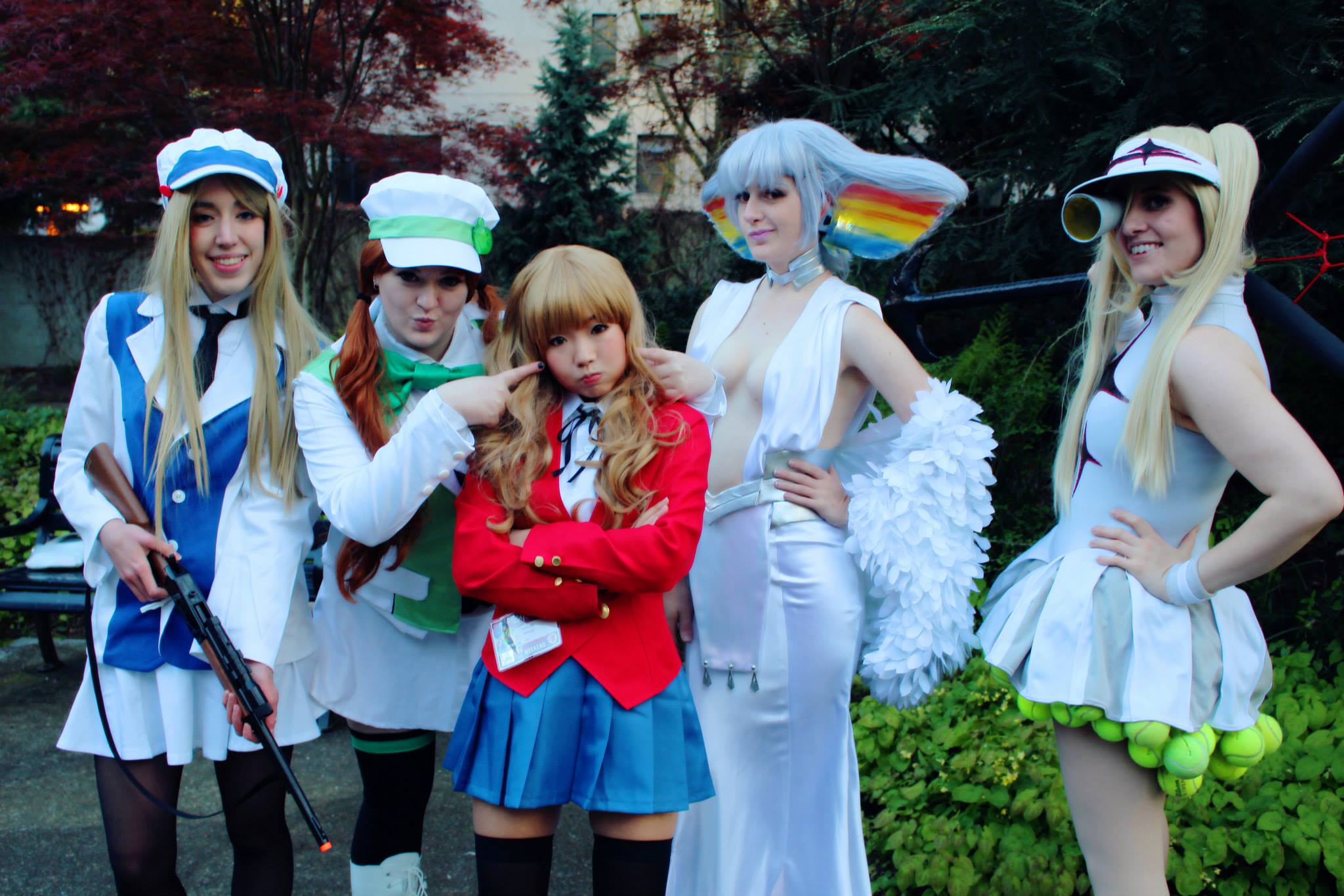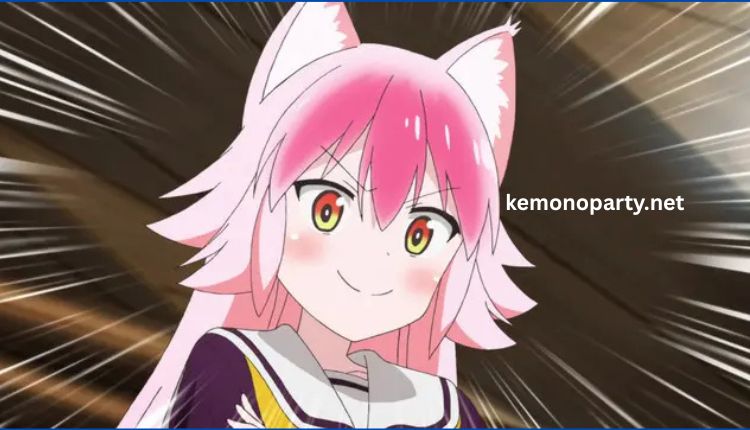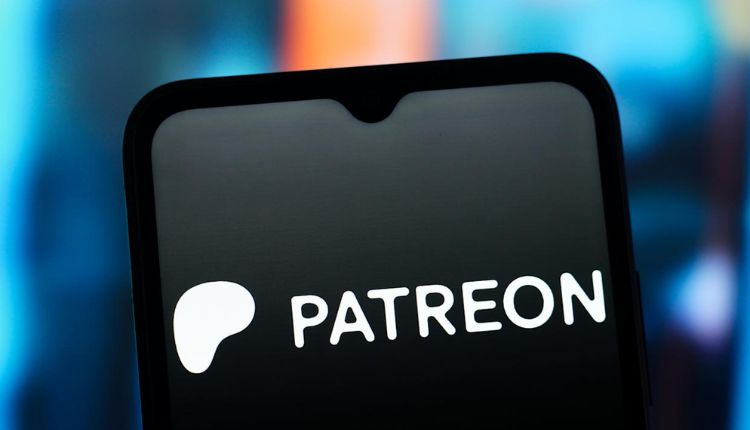These characters commonly have animal ears, tails, and now and again other features like claws or fur, at the same time as maintaining an otherwise human look. Popular in anime, manga, and various subcultures, kemonomimi has turned out to be a liked aesthetic, sparking fascination amongst fans globally for its whimsical attraction and cultural importance.
Kemonomimi characters serve as an innovative combo of human and animal trends, often designed to rouse precise emotions or characteristics. Whether lovable, mysterious, or fierce, those characters keep an enduring appeal that transcends cultural limitations. The phenomenon has flourished in fan communities, cosplay, virtual artwork, and even gaming, making it a central part of current pop culture.
Origins and Cultural Roots Kemonomimi
The concept of combining human and animal features is not new. Folklore and mythology throughout the globe have longly depicted beings with combined developments—think of werewolves, kitsune (fox spirits), or Egyptian deities like Anubis. In Japanese folklore, yokai, together with the bakeneko (monster cat) and the aforementioned kitsune, play crucial roles and have inspired a lot of today’s kemonomimi archetypes.

Its cutting-edge shape took root in anime and manga for the duration of the past due twentieth decades. Characters like Lum from Urusei Yatsura or the catgirls in numerous anime titles helped bring kemonomimi into the mainstream otaku way of life. These characters became symbolic of appeal, thriller, or wildness, relying on their animal type and personality traits.
Types of Kemonomimi Characters
These characters are frequently categorized based on the animal development they possess. Catgirls (nekomimi) are among the most famous, characterized by their feline ears and tails, playful demeanor, and frequently a curious or mischievous persona. Foxgirls (kitsunemimi), inspired by using Japanese mythology, tend to be more mystical or cunning, often associated with spiritual powers or ancient understanding.
Dog girls (inumimi), rabbit girls (usagimimi), and wolf boys (okamimimi) are also common variants, each bringing a unique character trope. Dog-themed characters are dependable and active, while rabbit-inspired ones are shy and sensitive. The preference for animals normally displays the person’s nature, creating a symbolic layer of storytelling that appeals to enthusiasts.
More distinct kemonomimi encompass dragon, deer, raccoon, or even hen functions, expanding the creative range of person layout. This permits writers and artists to discover an expansive universe wherein human emotion and animal intuition intertwine.
Kemonomimi in Anime and Manga
These characters play a vital role in many anime and manga series. Their presence can vary from assisting roles to being the principal of the plot. Characters like Holo from Spice and Wolf exemplify a properly developed kemonomimi individual. As a wolf deity, Holo blends intelligence, grace, and historical know-how with a touch of playfulness, making her a complex and loved person.
Anime like Tokyo Mew Mew, Inuyasha, and Beastars further showcase how they may be used to discover themes of identification, intuition, and relationships. In Inuyasha, the titular character’s canine-demon traits highlight his internal battle between his human emotions and his demonic instincts, adding emotional intensity to the storyline.
It is also found in comedic and slice-of-life genres, in which the animal traits are used for humor, allure, or adorable appeal. Whether riding the narrative or, without a doubt, enriching the visual aesthetic, characters contribute appreciably to the anime and manga experience.
The Psychology Behind the Appeal Kemonomimi
The charm of kemonomimi can be traced to several psychological and emotional factors. Firstly, the blend of human familiarity with animalistic novelty creates an interesting evaluation. It allows audiences to project human emotions onto fantastical characters at the same time as playing a layer of escapism.
Kemonomimi characters often represent idealized developments. A catgirl might embody independence and elegance, at the same time as a dog boy may additionally signify unwavering loyalty and energy. These characters evoke an emotional reaction that may feel comforting, interesting, or maybe nostalgic.
There’s also a cuteness issue to worry about, specifically in nekomimi and usagimimi characters. The presence of animal ears and tails faucets into the same emotional responses humans have in the direction of pets—emotions of affection, care, and companionship. This connection complements the emotional bond between audiences and kemonomimi characters.
Kemonomimi in Gaming and Digital Art
In the area of gaming, kemonomimi characters are tremendous, especially in role-playing video games (RPGs), gacha games, and MMORPGs. Titles like Final Fantasy XIV, Genshin Impact, and Azur Lane consist of characters with animal capabilities, allowing gamers to engage with, struggle along, or maybe position-play as kemonomimi avatars.
These characters regularly boast precise talents tied to their animal heritage, in addition to integrating their design into gameplay mechanics. The inclusion of kemonomimi now not only effectively complements aesthetic diversity but additionally adds a layer of delusion that appeals to fanatics of anthropomorphic characters.
Digital artists and product designers often discover in their works. Platforms like DeviantArt, Pixiv, and social media are filled with fan art, unique individual (OC) designs, and kemonomimi-themed illustrations. The flexibility of the concept allows for limitless customization, attracting artists who wish to experiment with fashion and expression.
Cosplay and Fan Culture Kemonomimi
Kemonomimi has a robust presence in cosplay tradition. Fans frequently recreate their favorite characters with the usage of wigs, faux animal ears, tails, and themed costumes. The kemonomimi aesthetic is exceedingly easy to adopt yet visually pleasing, making it popular at conventions, themed events, and online cosplay groups.

Beyond cosplay, is also a popular topic in fan fiction and roleplay forums. Writers and roleplayers enjoy constructing elaborate backstories, universes, and man-or-woman dynamics around personas. These communities thrive on the shared love of animal-human hybrids, supplying a space for creativity and connection.
Merchandise, together with plushies, keychains, and style accessories, is another indicator of its considerable popularity. The aesthetic even evokes fashion developments like “kawaii” streetwear, wherein animal-ear hoodies and headbands are commonplace amongst adolescents and fanatics.
Kemonomimi Beyond Japan
While kemonomimi is rooted in Japanese culture, its effect has accelerated globally. Western animations, games, and indie comics increasingly comprise stimulated characters. Shows like RWBY and Zootopia reflect this impact, even though they don’t continually use the same terminology.
The international internet way of life, which includes memes, VTubers, and fan groups, has also helped unfold kemonomimi’s recognition. VTubers often adopt avatars, blending streaming amusement with delusion identification. These characters allow for attractive interplay, combining real-time overall performance with immersive individual design.
As digital borders blur, kemonomimi has turned out to be a well-known image of imaginative storytelling, representing a fusion of nature, fantasy, and human emotion.
The Future of Kemonomimi
The kemonomimi fashion suggests no signs of fading. As the era evolves, mainly within the realms of AI-generated art, 3-D modeling, and digital reality, the capacity for kemonomimi characters grows exponentially. Artists can now design complex, animated avatars with personalized functions, while fans can interact with these characters in immersive environments.
The rising reputation of the metaverse and VR social areas opens new doorways for these avatars, permitting human beings to encompass their favored animal-human hybrids in virtual worlds. From casual roleplay to deep personal development, kemonomimi is evolving with the medium and persevering to inspire new generations of fans.
The Bottom Lines
With its deep cultural roots and wide-achieving attraction, it remains a staple in character layout and fan subculture. Whether as an image of cuteness, power, or thriller, kemonomimi characters keep captivating hearts and fueling the creative imaginations of tens of millions across the world.





